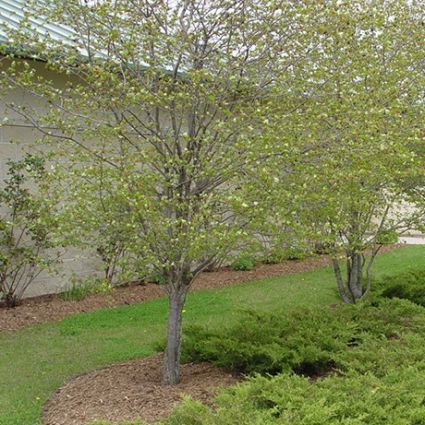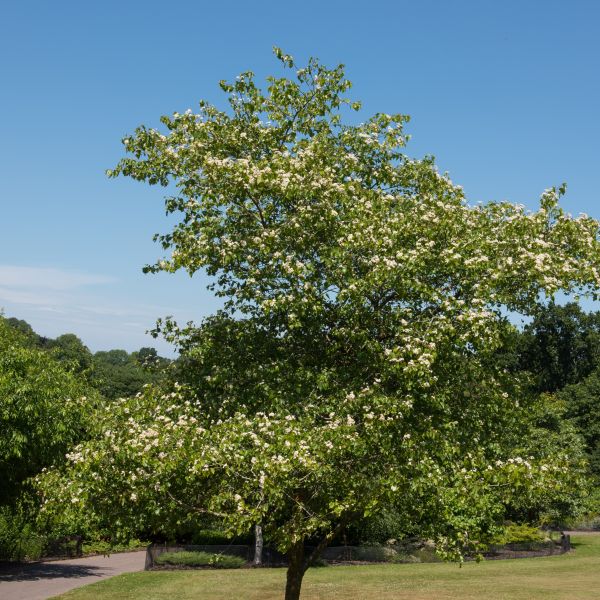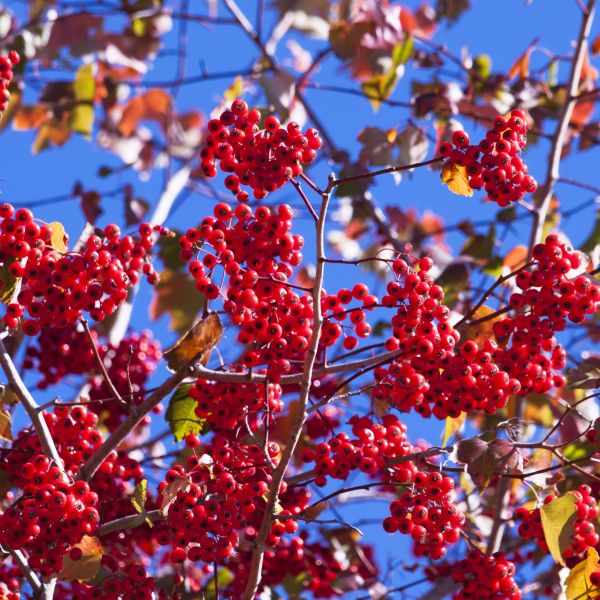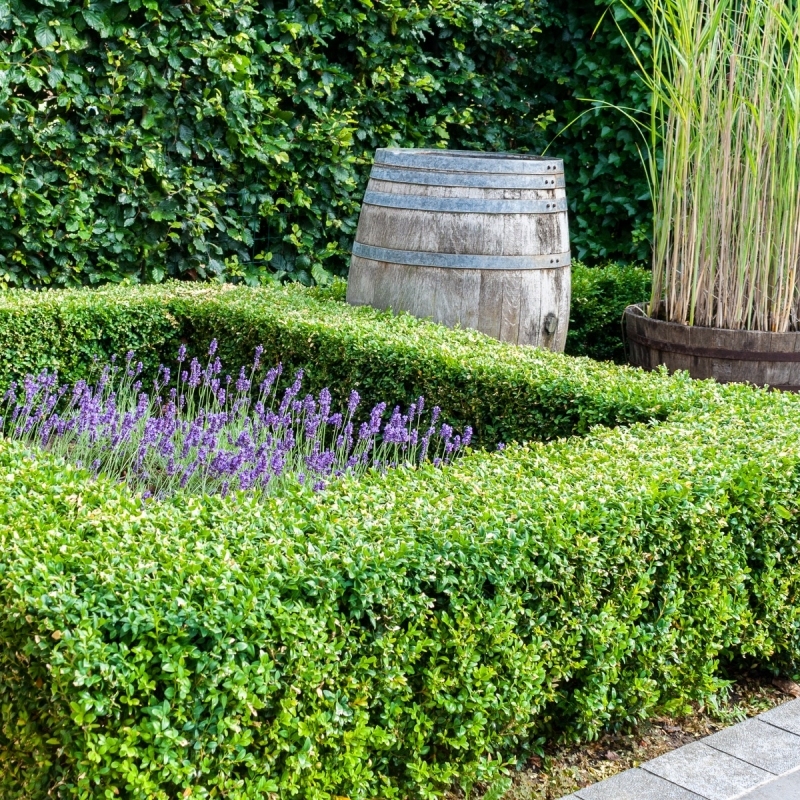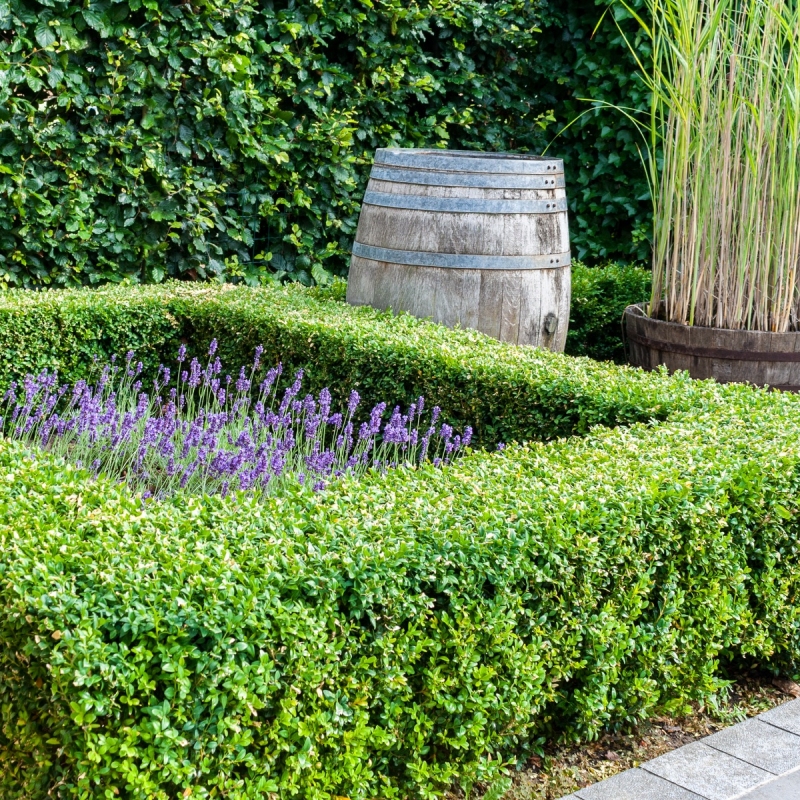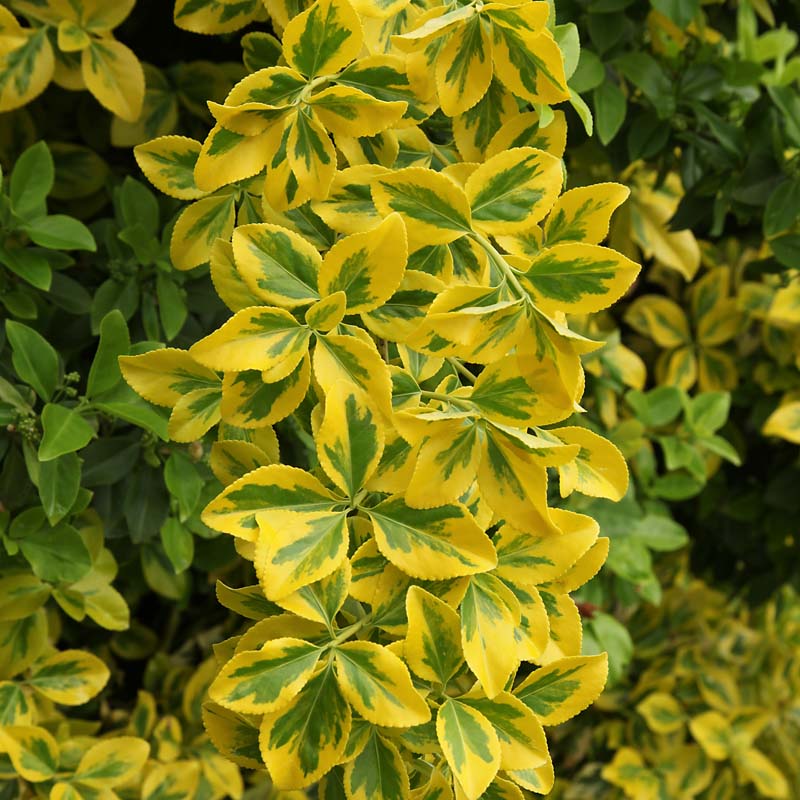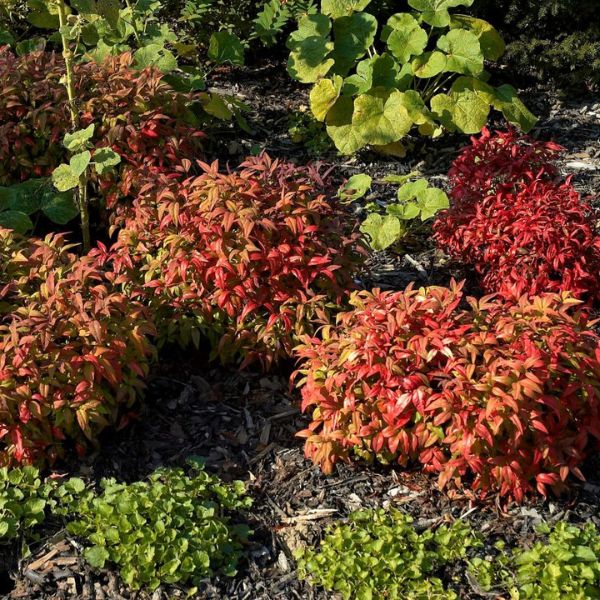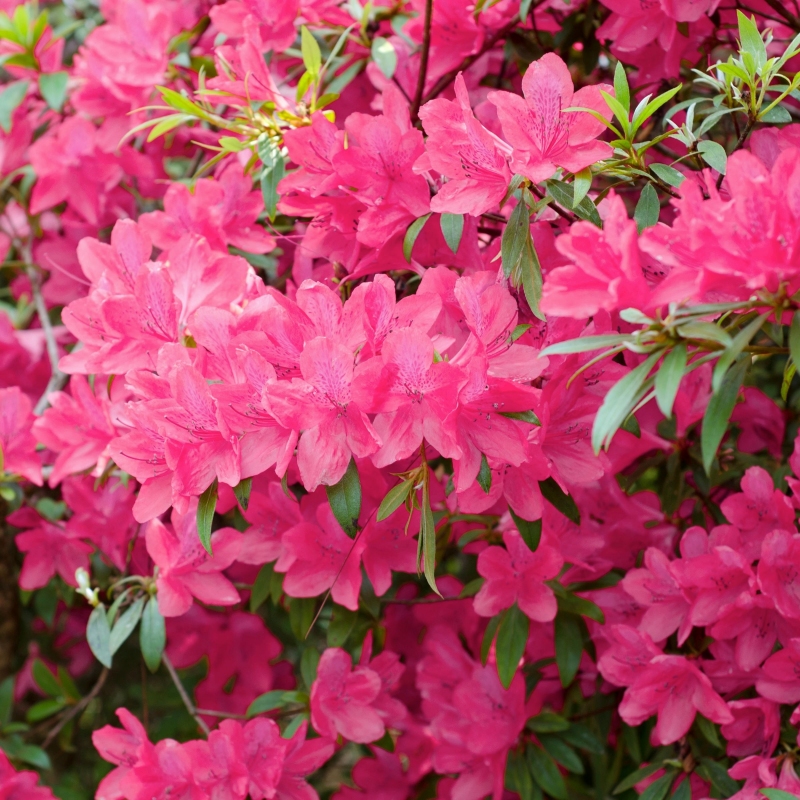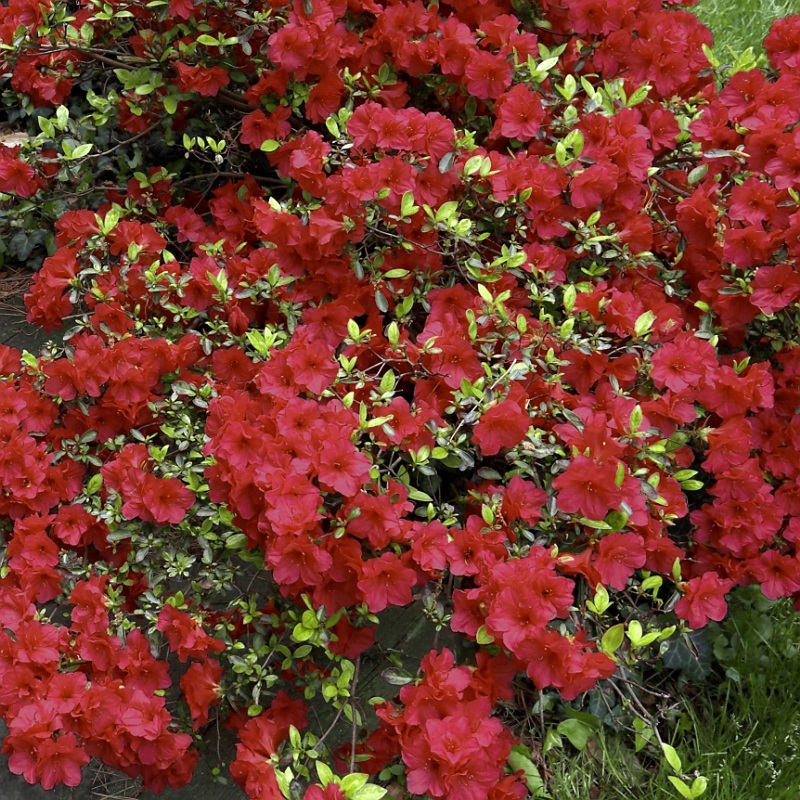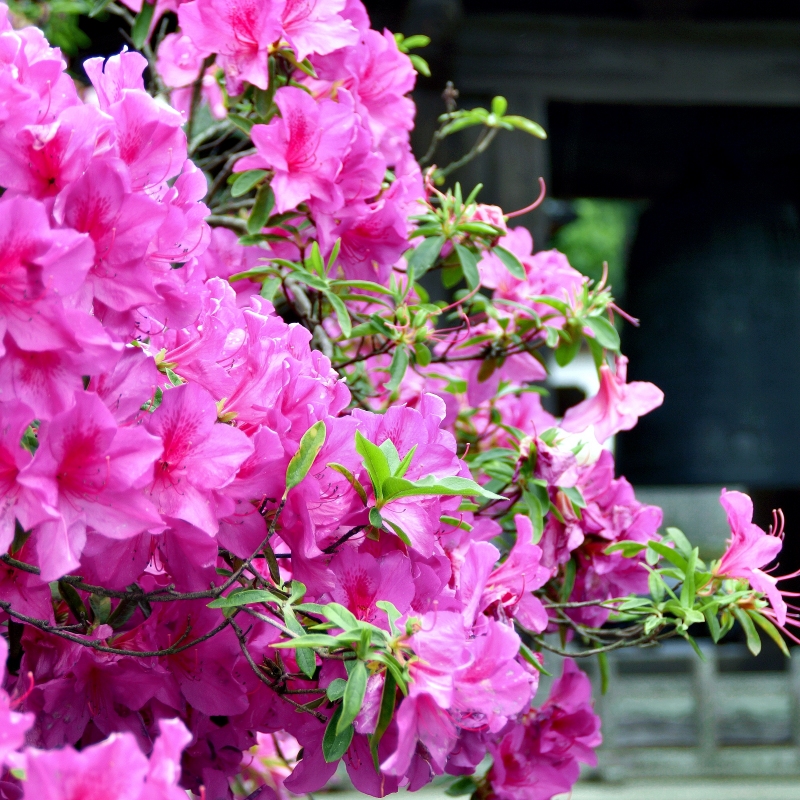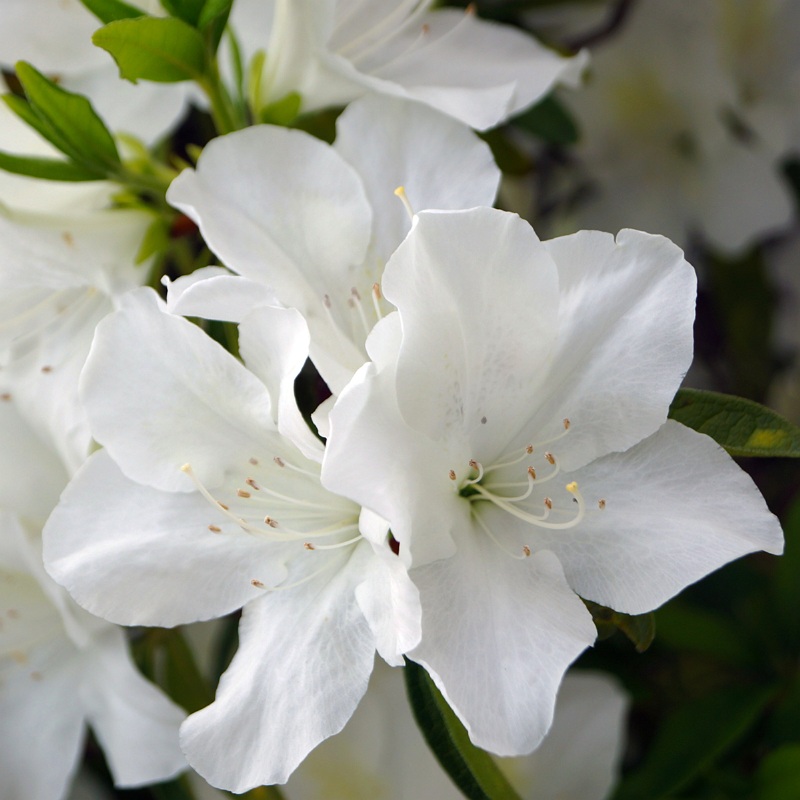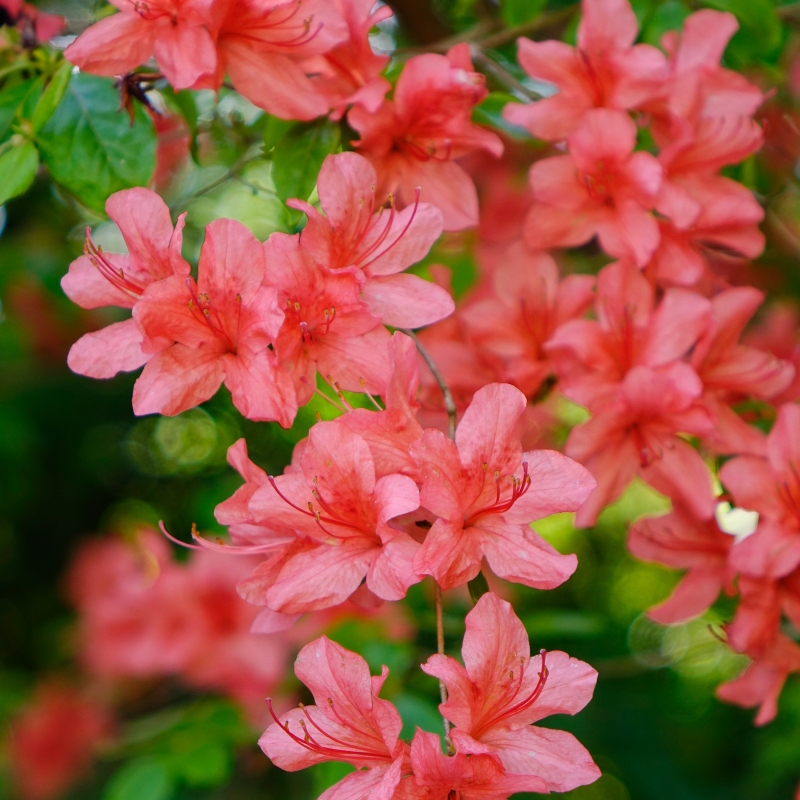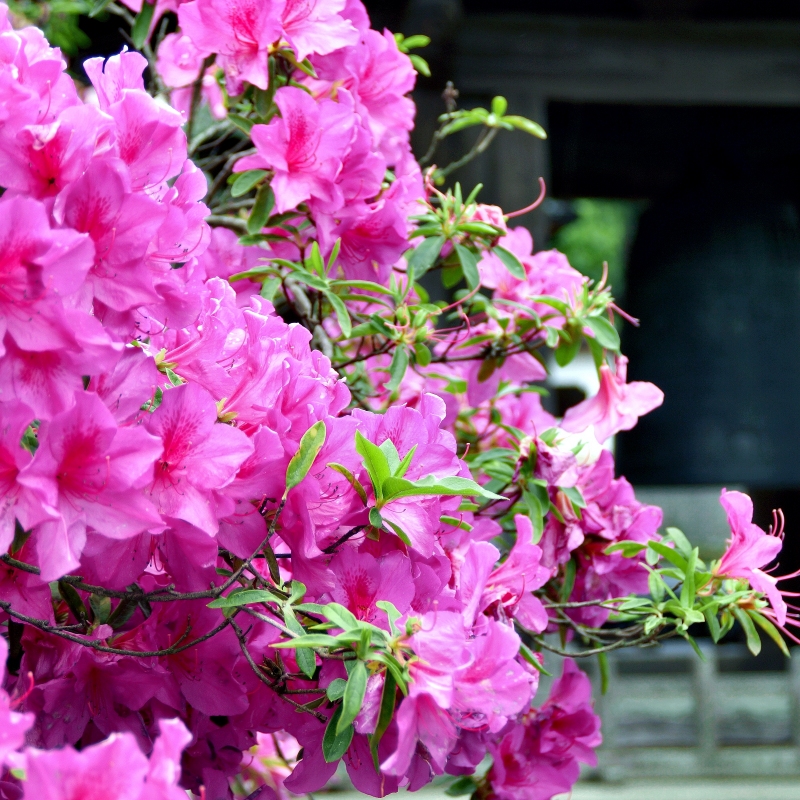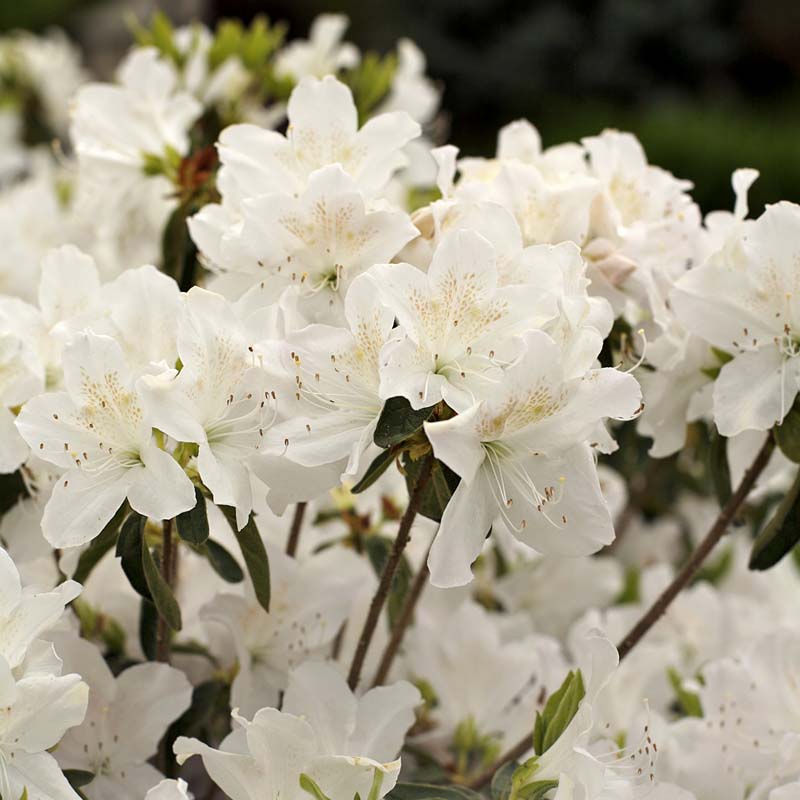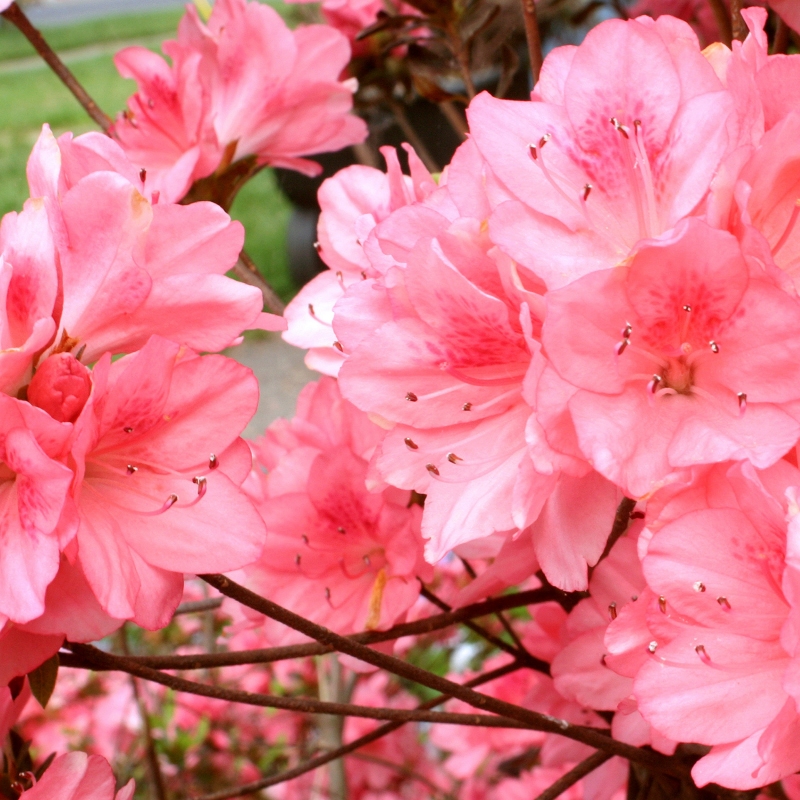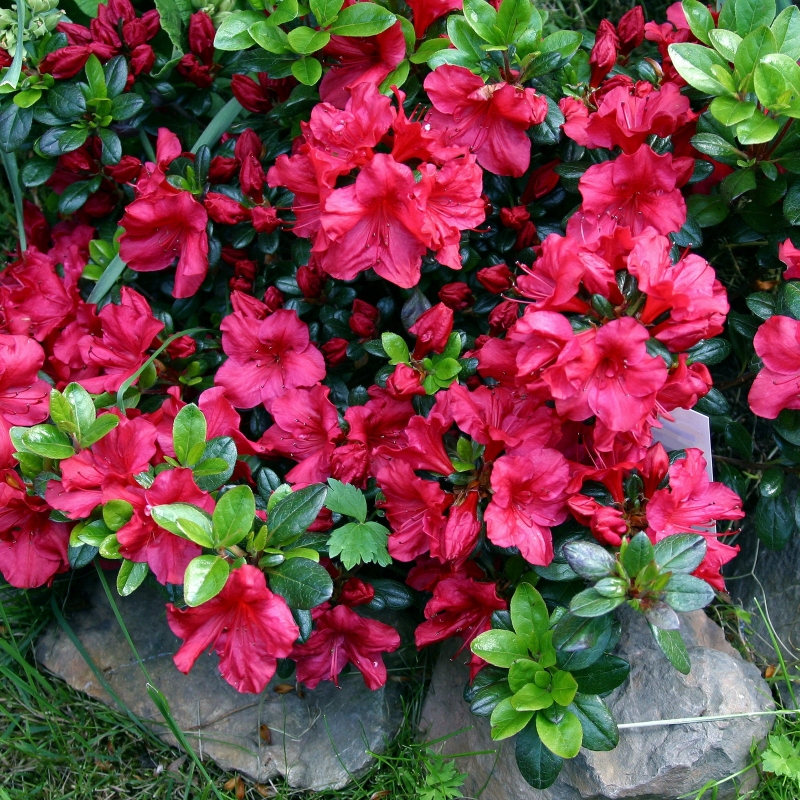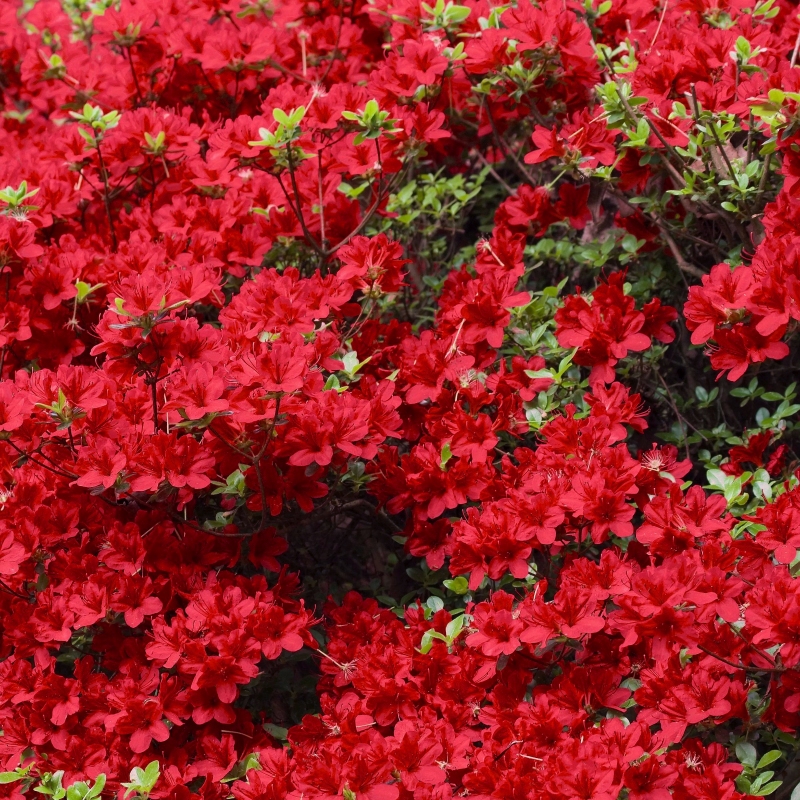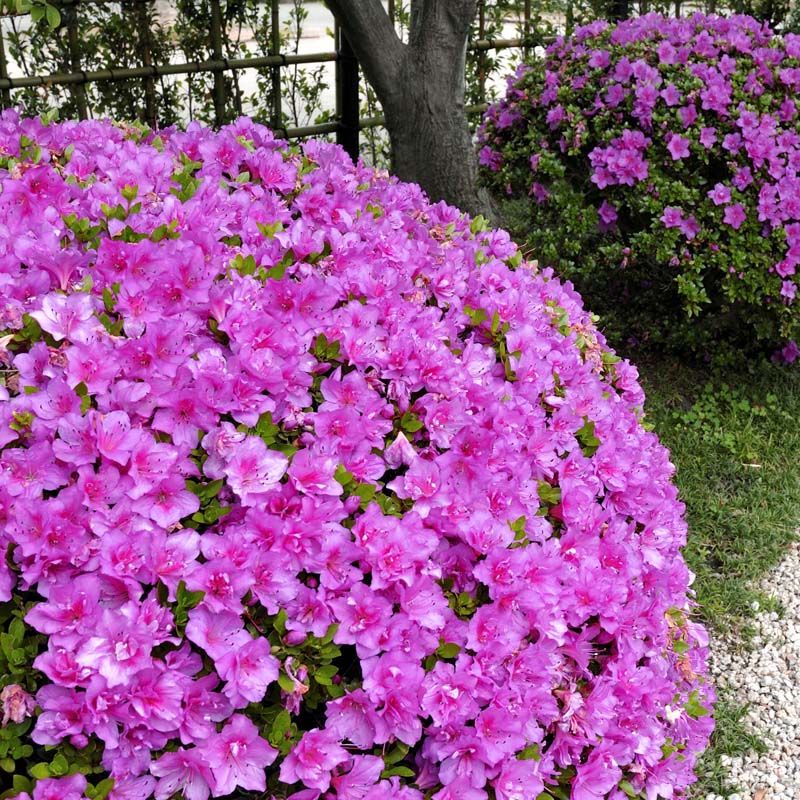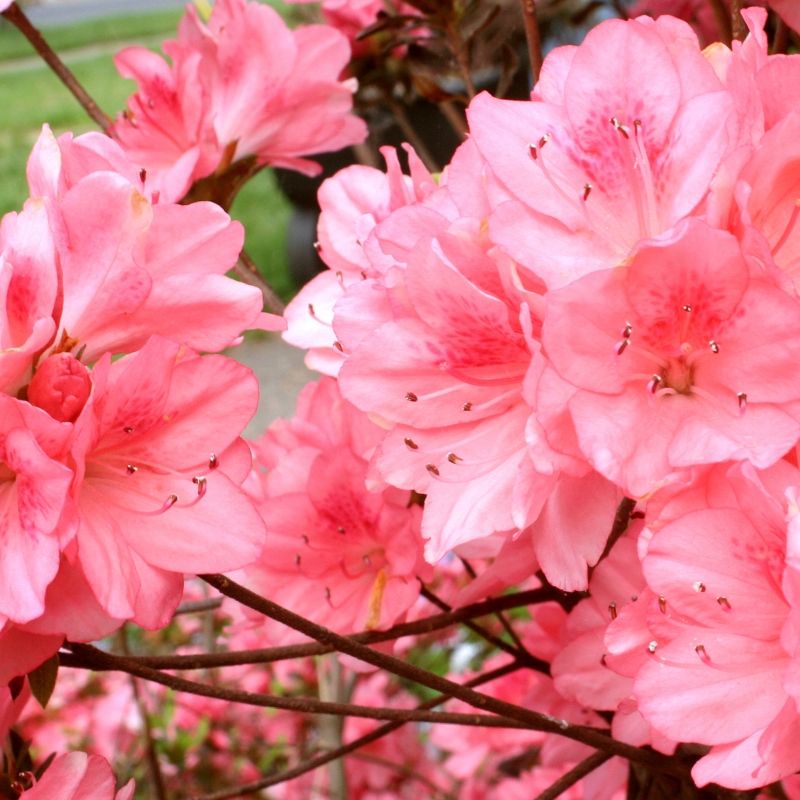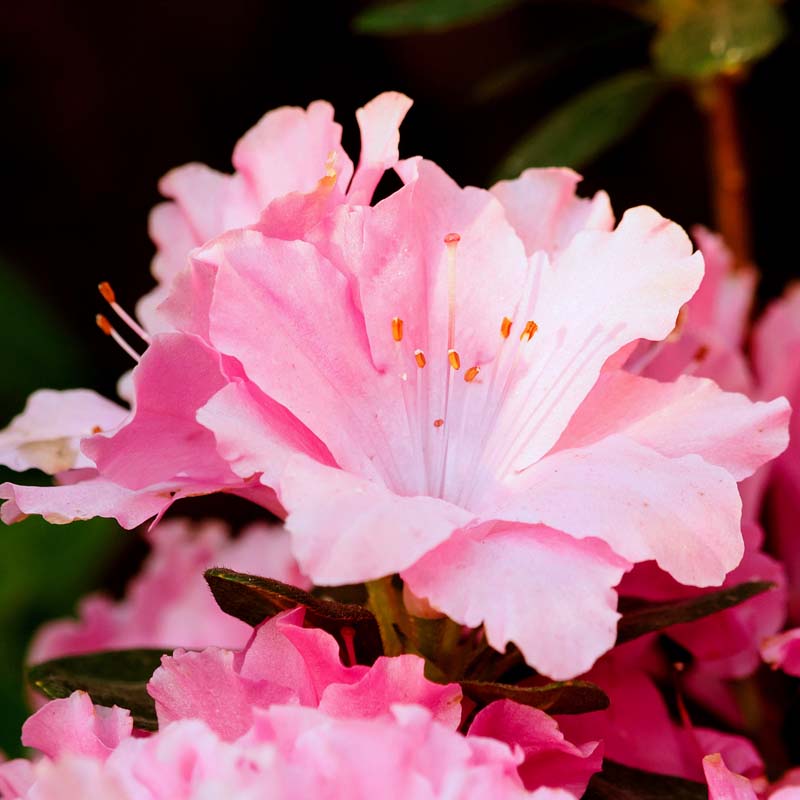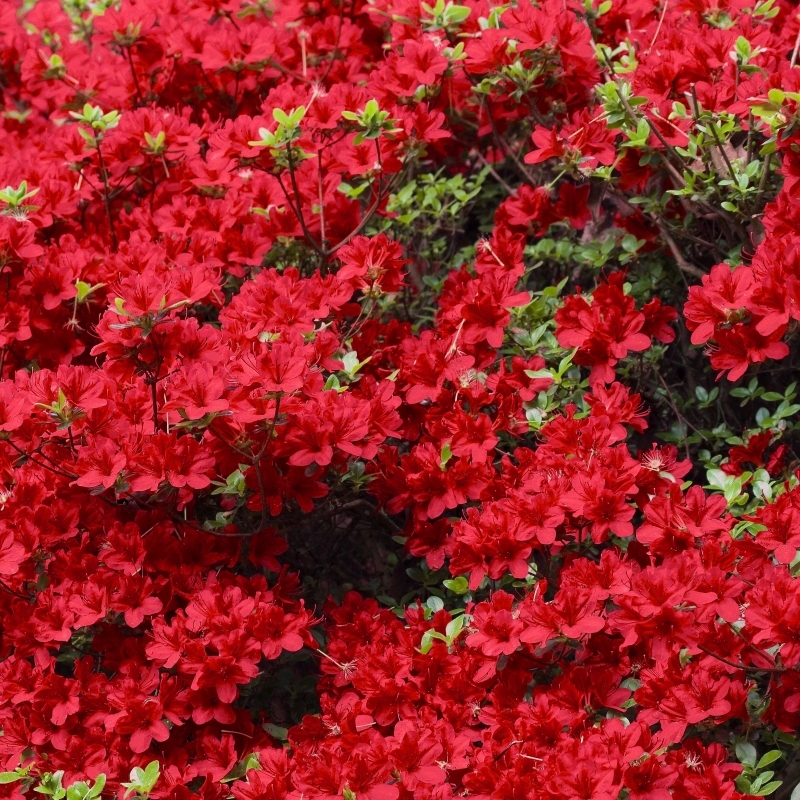

Washington Hawthorn
Crataegus phaenopyrum
18 reviews


Washington Hawthorn
Crataegus phaenopyrum
18 reviews
- Beautiful white flowers in spring
- Attractive red berries in fall
- Tolerant of urban pollution
- Ships to 43215 in 7-10 Days
- Free Shipping Over $150
- Plant Arrival Guarantee
- In Stock
- Free Plant Consult
$200
$66.00
$95.00
30% Off
1 Gallon
We are sorry, product is currently out of stock due to seasonal availability. Please check the "Related plants available in your area" section below
Why Washington Hawthorn?
Washington Hawthorn is a small, deciduous tree native to eastern North America. It is named after George Washington, who is said to have planted it at Mount Vernon. The tree produces clusters of white flowers in the spring followed by bright red berries in the fall. It is often used as an ornamental tree due to its attractive foliage and flowers, and is also valued for its hardiness and disease resistance.
Related plants available in your area
Sunlight
Washington Hawthorn requires full sun to partial shade. It prefers at least 4-6 hours of direct sunlight each day for optimal growth and blooming.
Watering
Washington Hawthorns have moderate watering needs. They prefer moist soil but are somewhat drought-tolerant once established. It is important to water them regularly, especially during hot and dry periods, to maintain their health and overall vigor.
Fertilizing
The fertilizer requirement for Washington Hawthorn is a balanced slow-release fertilizer with a nitrogen-phosphorous-potassium (NPK) ratio of 10-10-10 or similar.
Eastern North America is home to the stunning and resilient Washington Hawthorn Tree. This tree is highly sought after due to its towering stature, beautiful foliage, and eye-catching blossoms and fruit.
While the Washington Hawthorn Tree is a relatively low-maintenance tree, it does require occasional pruning to maintain its shape and remove dead or damaged branches. It is generally resistant to pests and diseases, and it can tolerate a wide range of growing conditions.
Washington Hawthorn is adaptable to a wide range of growing conditions, including full sun to partial shade and a variety of soil types. It prefers well-drained soil that is rich in organic matter, but it can tolerate clay and other heavy soils as well.
This tree is a medium-sized specimen that can reach heights of up to 20-30 feet tall and 20-25 feet wide. It has a rounded, spreading shape that makes it a great choice for providing shade and a stunning focal point in larger landscapes.
Washington Hawthorn has attractive, dark green foliage that turns a yellow to orange-red color in the fall. The foliage is arranged in a unique, lobed pattern along its spreading branches, giving the tree a full and lush appearance.
Washington Hawthorn grows very large and has beautiful leaves, but it also has stunning flowers and fruit. The white or pink flowers bloom in late spring, while the brilliant red berries stick around all winter long and feed birds and other creatures.
Overall, Washington Hawthorn is an impressive tree that will stand out in any garden. Its remarkable stature, elegant leaf, and brilliant flowers and fruit make it a fantastic choice for providing shade and a stunning focal point in larger landscapes throughout the year.
Plant Information:
| Botanical Name: | Crataegus phaenopyrum |
| USDA Zones: | 4-8 |
| Water: | Moderate |
| Exposure: | Full Sun |
| Soil Needs: | Widely Adaptable |
| Mature Height: | 25 - 30 feet |
| Mature Spread: | 20 - 25 feet |

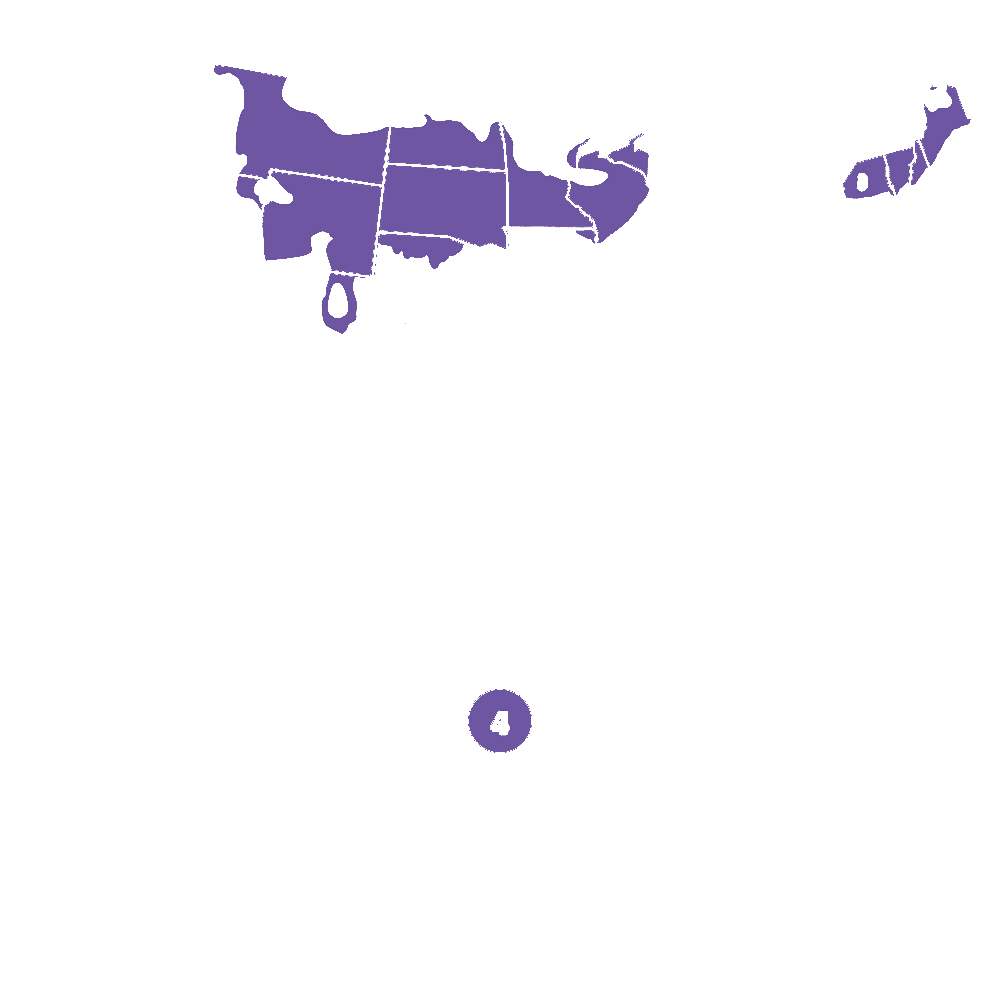
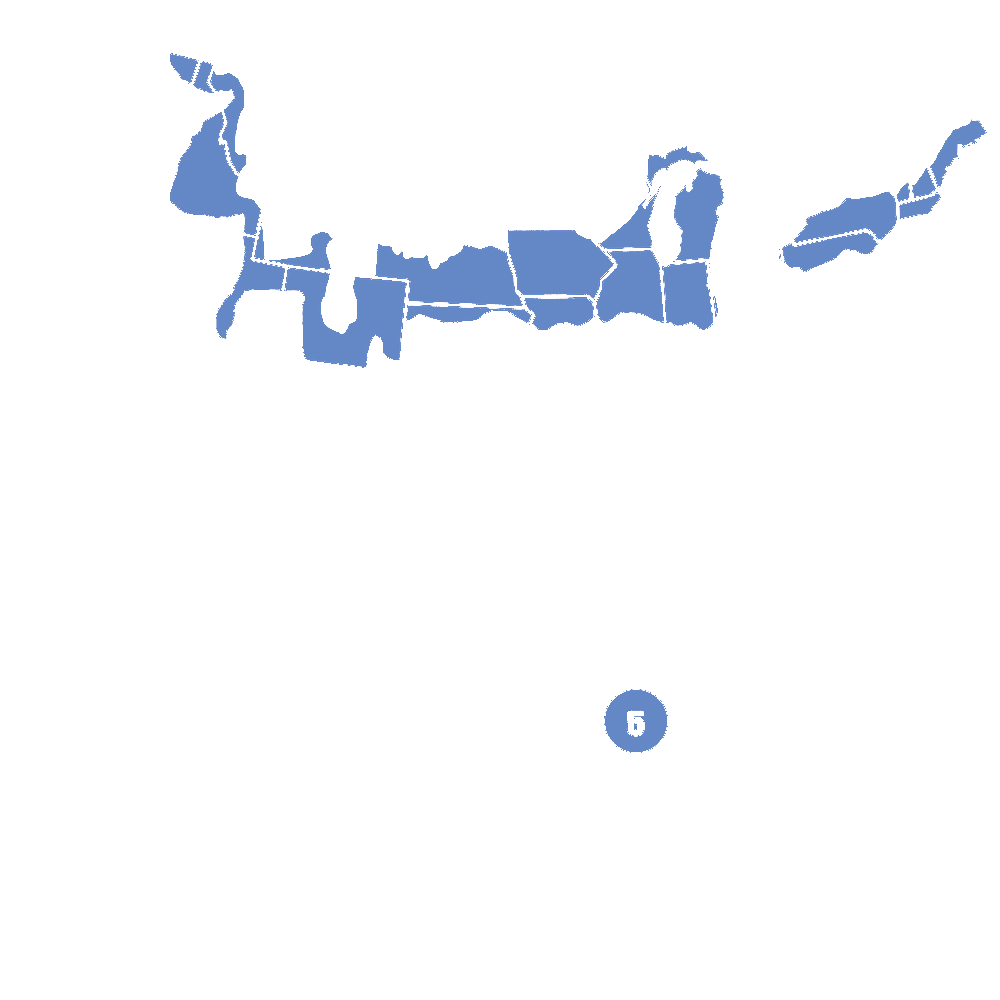
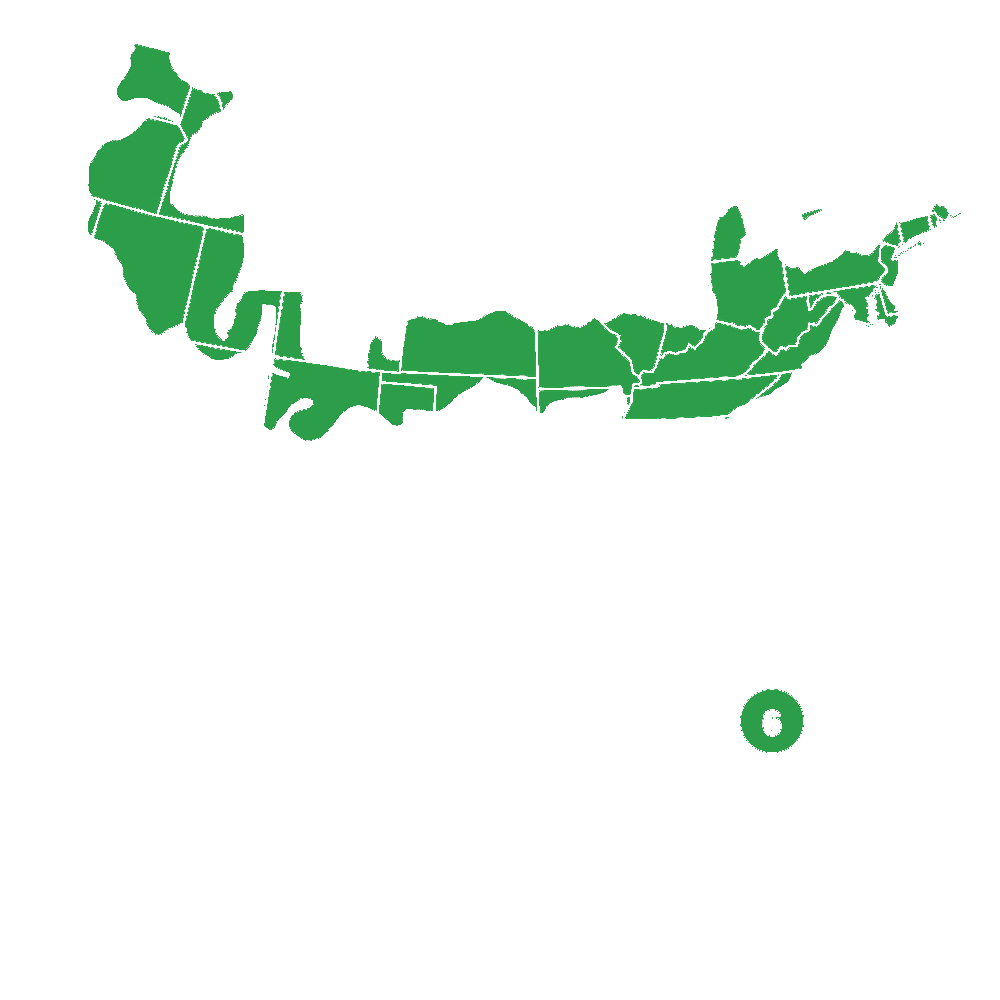
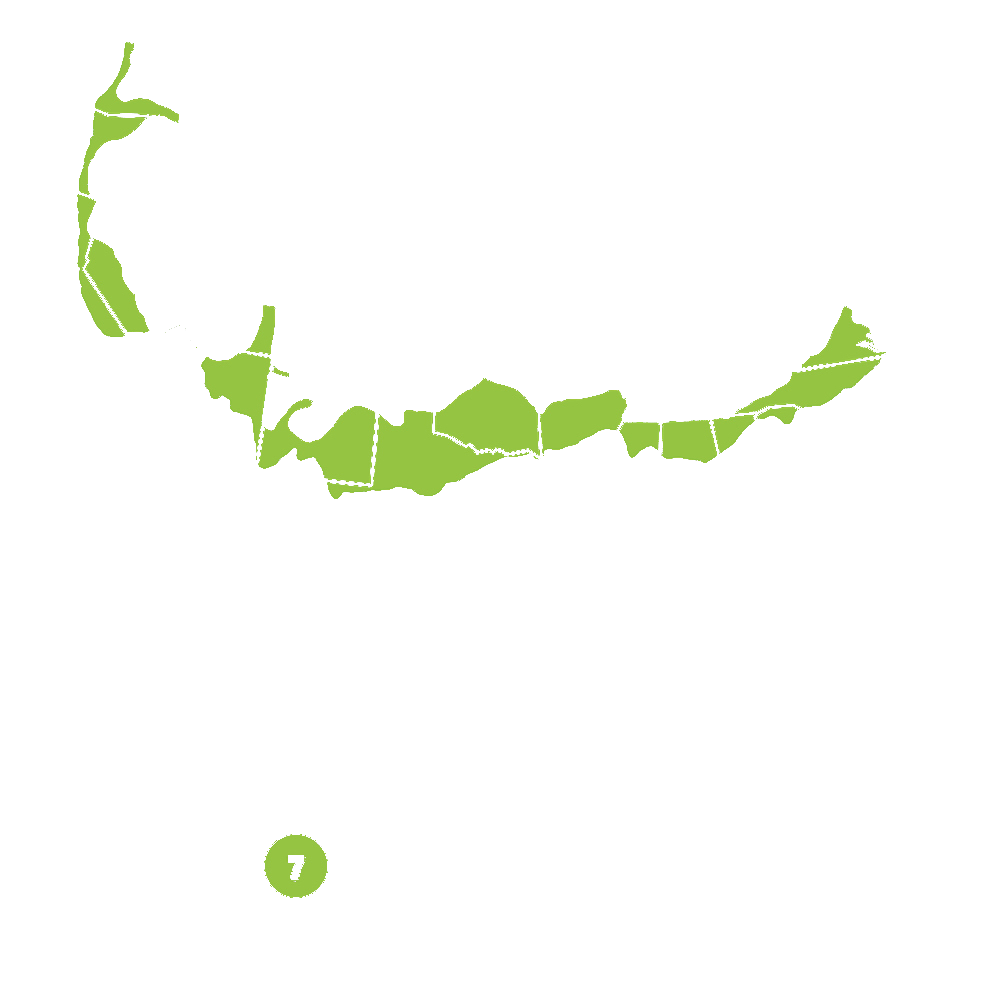
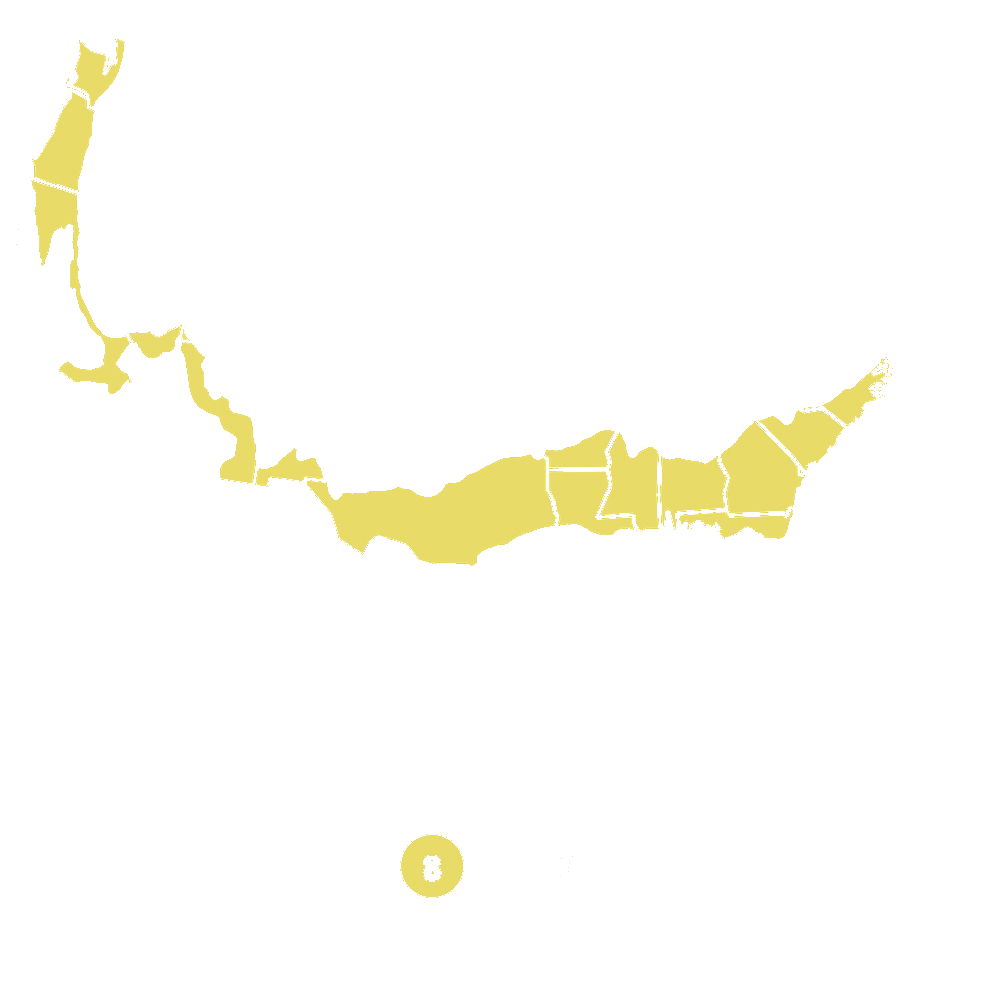
Pollination Info
Pollination Info for Washington Hawthorn (Crataegus phaenopyrum)
Washington Hawthorn (Crataegus phaenopyrum) is a tree or shrub that belongs to the rose family, Rosaceae. It is native to the southeast United States, but it is also cultivated for its ornamental value in other parts of the country. This plant is a deciduous tree that can grow up to 30 feet tall and 20 feet wide.
Washington Hawthorn produces small, fragrant, white flowers in late spring to early summer. The flowers are hermaphroditic, which means they have both male and female reproductive structures. They are also protogynous, which means the female parts mature before the male parts, preventing self-pollination.
The flowers of Washington Hawthorn are pollinated by insects, such as bees, flies, and butterflies. These insects are attracted to the sweet fragrance of the flowers and the nectar they produce. As the insects feed on the nectar, they inadvertently transfer pollen from the male parts of the flower to the female parts, enabling fertilization to occur.
Washington Hawthorn produces red, berry-like fruit in the fall. The fruit is edible and is a favorite food source for many birds. The seeds within the fruit can be dispersed by birds, which allows for the plant to spread and colonize new areas.
In conclusion, Washington Hawthorn (Crataegus phaenopyrum) is an ornamental tree that provides valuable habitat and food for wildlife. Its small, fragrant flowers are pollinated by insects, which allows for fertilization and the production of fruit. The fruit is consumed by birds, which helps to disperse the seeds and promote the growth of new plants.
FAQ
Washington Hawthorn (Crataegus phaenopyrum) FAQ
What is Washington Hawthorn?
Washington Hawthorn (Crataegus phaenopyrum) is a deciduous flowering tree that is native to the Eastern United States.
What does a Washington Hawthorn tree look like?
A mature Washington Hawthorn tree can typically grow up to 30 feet tall with a spread of 20-25 feet. The tree has a rounded shape with a dense crown and glossy green leaves that turn orange or red in the fall. It also produces white, fragrant flowers in late spring and early summer, and small red fruit in the fall.
What are the growing requirements for Washington Hawthorn?
Washington Hawthorn prefers full sun to partial shade and well-drained soil. It is also tolerant to a range of soil types, including clay, sand, and loam. This tree is also drought-tolerant once established and requires little maintenance.
Can Washington Hawthorn tolerate extreme temperatures?
Yes, Washington Hawthorn is a hardy tree that can tolerate extreme temperatures. It can withstand temperatures as low as -20°F and as high as 100°F. It is also tolerant to wind and salt spray, making it a good choice for coastal areas.
What are the benefits of planting a Washington Hawthorn tree?
Washington Hawthorn is popular for its ornamental value as a beautiful flowering tree, but it also has several practical benefits. The dense crown provides shade, making it a great choice for landscaping and for providing homes with shade in the summer. In addition, the small berries produced by the tree provide a food source for birds and other wildlife.
How do I care for my Washington Hawthorn tree?
Washington Hawthorn requires little maintenance once established, but it should be watered regularly during the first year after planting to help it establish roots. Pruning can also be done in the early spring to shape the tree and remove any dead or diseased branches. It is also important to monitor for pests and diseases, such as hawthorn rust and fire blight, and treat them promptly if they are present.
Planting & Care
Planting & Care for Washington Hawthorn (Crataegus phaenopyrum)
Planting:
- Choose a site with full sun to partial shade and well-draining soil.
- Dig a hole twice as wide and deep as the root ball of the tree.
- Place the tree in the hole and backfill with soil, tamping down gently to remove air pockets.
- Water thoroughly after planting.
Care:
- Water the tree regularly during the first growing season to establish a deep root system.
- Fertilize in early spring with a balanced fertilizer.
- Prune in late winter or early spring to remove any diseased, damaged, or crowded branches.
- Inspect the tree regularly for pests and diseases.
Additional Tips:
- Washington Hawthorn is drought-tolerant once established, but will benefit from occasional deep watering during dry periods.
- A layer of organic mulch around the base of the tree can help retain moisture and suppress weeds.
- Do not plant Washington Hawthorn near sidewalks as the tree has thorns that can be hazardous to pedestrians.
- Do not over-prune as this can weaken the tree and make it more susceptible to disease.
Check Out These Verified Customer Reviews:
Customer Reviews
4.7 out of 5 based on 18 reviews
Thank you! Your review has been submitted.
Fast shipment, well-packaged, no damage
Beautiful tree, arrived in excellent condition
Customer service was helpful and responsive to my inquiries about the tree.
Item has been added to your cart.



